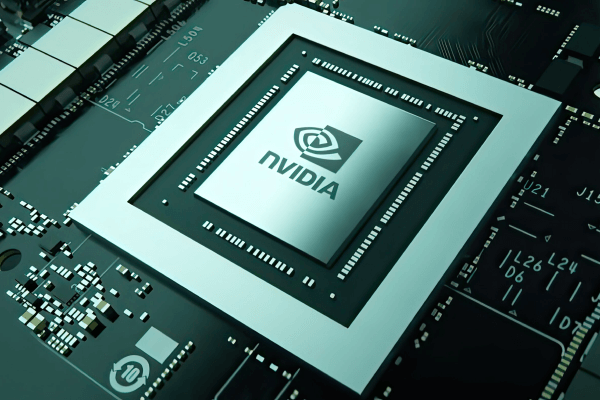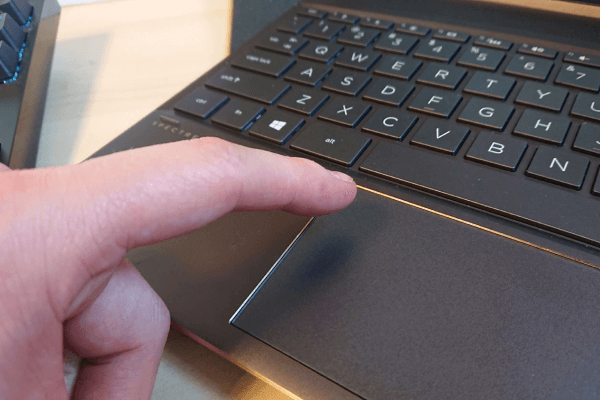In the dynamic world of graphic design, having the right laptop is like having a trusty brush for a digital canvas. Picture this: a seamless blend of creativity and technology. Our journey, guided by How to Choose the Best Laptop Graphic Design, begins by understanding the heartbeat of graphic design—your laptop. In this digital atelier, we’ll explore the symphony of components that shape the perfect laptop.
Each piece plays a vital role in crafting an immersive design experience, from vibrant displays to powerful CPUs and GPUs. Join us as we unravel the intricacies, discovering how each element matters and transforms your design aspirations into digital masterpieces.
Here is a guide for selecting Perfect Laptop for Graphic Design
 Display
Display
A laptop’s display demands careful consideration for those immersed in the visual arts. Begin with the size and aspect ratio; the 15 to 16-inch range balances portability and ample workspace. Opt for a 16:10 ratio for expanded vertical room.

Crucially, color accuracy is paramount for graphic design. Look for 100% sRGB or, even better, 100% DCI-P3 coverage. Keep an eye on Delta E for minimal color variance, aiming below 2. Pantone® validation is a notable bonus. Explore OLED technology for superior vibrancy, deep blacks, and reduced eye strain. Aim for at least 400 nits brightness and prefer glossy over matte for richer colors.
 CPU
CPU
Your laptop’s brain, the CPU or processor, orchestrates task processing. A robust CPU is a game-changer; you don’t need the absolute pinnacle for graphic design. Core count is crucial—aim for a minimum of eight cores for efficient multitasking. Multithreading capability is a significant bonus, targeting at least 12 threads for added prowess. Clock speed dictates task handling speed; strive for a Boost mode clock speed of 4.0 GHz or higher. This powerhouse CPU ensures your graphic design endeavors unfold seamlessly, effortlessly handling the intricacies of your creative workflow.
 GPU
GPU
The GPU, or graphics card, is a pivotal force in graphics. It takes charge of the visual intricacies in your laptop, which is especially crucial for tasks like manipulating vector art in Adobe® Illustrator.
Choose a discrete GPU distinct from the CPU. Unlike integrated counterparts, discrete GPUs boast VRAM (Video Random Access Memory), which is essential for graphics-intensive work.

Prioritize laptops with discrete graphics, flaunting a minimum of 4 GB of memory. Many creators favor the prowess of NVIDIA® GeForce RTX™ laptop GPUs. For graphic design, consider the NVIDIA® GeForce RTX™ 4050, or if possible, elevate to the NVIDIA GeForce RTX™ 4060 for an enhanced creative journey.
 RAM
RAM
RAM, or Random Access Memory, is the unsung hero determining your laptop’s multitasking prowess. Imagine it as your digital workspace—how many apps can coexist without a glitch? For optimum performance in design applications like Adobe Illustrator, a sweet spot is 16 GB of RAM, according to Adobe®.
This capacity ensures seamless software operation, enabling you to juggle multiple applications concurrently without encountering freezes or crashes. A notable perk is having available SO-DIMM slots, offering the flexibility to expand memory effortlessly, sparing you from the hassle of swapping out the entire device for a memory upgrade.
Also See: Best Laptops for Office use: Buying Guide
 Storage
Storage
Like a digital vault, your laptop’s storage houses your valuable design files. Given the substantial size of these files, opting for ample onboard storage is paramount, sparing you from over-reliance on external drives. Targeting an SSD with a minimum of 1TB ensures seamless access and convenience in handling your design projects.
Additionally, the flexibility of expanding storage through available slots is a significant advantage, offering the option to easily upgrade your device’s storage capacity without the need for an entirely new laptop. It’s the key to a fluid and unencumbered design workflow.
 Form Factor
Form Factor
Tailoring your laptop to your work habits is key, influencing the ideal form factor for your creative endeavors. A traditional clamshell laptop seamlessly fits the bill for the conventional designer who navigates with a mouse and keyboard. However, if you lean towards a stylus for your artistic strokes, consider a convertible laptop with a versatile 360° hinge.
This lets you lay the device flat, transforming it into a tablet for an immersive drawing experience. Another option is a laptop featuring a detachable keyboard, offering flexibility in adapting to your preferred work mode. Your chosen form factor becomes the canvas for your creative expression.
 Portability and Durability
Portability and Durability
When selecting a laptop, opting for a slender and lightweight design enhances portability—a boon for frequent commuters and those working on the move. A weight of no more than 2 kg ensures easy maneuverability and convenience. Equally vital is durability; consider laptops subjected to rigorous US military standards.
Choosing a device that has endured such meticulous torture testing ensures longevity, a crucial factor for individuals who frequently tote their laptops around. This robust build guarantees that your laptop becomes a steadfast companion, resilient against the wear and tear of daily journeys, securing prolonged reliability for your dynamic lifestyle.
 I/O Ports and Wireless Connectivity
I/O Ports and Wireless Connectivity
In the world of graphic design, connectivity is king. As a content creator, linking up many tools—external monitors, keyboards, mice, pen tablets, hard drives, headphones, and memory cards—is part of the daily grind. The lifeline of your creative hub lies in robust connectivity. Essential for modern setups, your laptop should feature two Thunderbolt™ 4 ports, offering power delivery and display support. This cutting-edge connection method outshines alternatives.
But versatility is critical—ensure a pair of USB Type-A ports, HDMI port, and audio jack to accommodate legacy devices. An SD card slot is the cherry on top. For wireless wizardry, opt for WiFi 6E for swift data transfer, paired with Bluetooth® 5 for seamless connections with diverse devices. This ensures your laptop is a hub of possibilities, adapting effortlessly to your dynamic creative needs.
 Touchpad and Keyboard
Touchpad and Keyboard

For the mobile graphic designer, on-the-go efficiency should mean something other than sacrificing comfort. Opt for a laptop featuring a full-sized keyboard with tactile keys, ample travel, and a spacious and accurate touchpad. This ensures a seamless and comfortable user experience without additional peripherals.
Conclusion
In the realm of graphic design, your laptop is the brush, the canvas, and the studio. As we conclude this journey through essential considerations, remember that each component contributes to your creative symphony. From the vibrant display and powerful CPU to the agile GPU and seamless connectivity, your laptop is the conduit for artistic expression.
Tailor it to your needs, finding the perfect balance. As you embark on your design odyssey, armed with the knowledge of the ideal laptop, may it be the catalyst for countless masterpieces. Let innovation unfold, and may your digital artistry continue to flourish.

